Home>Maintenance & Safety>Child & Elderly Safety at Home>How To Secure Your Baby Monitor
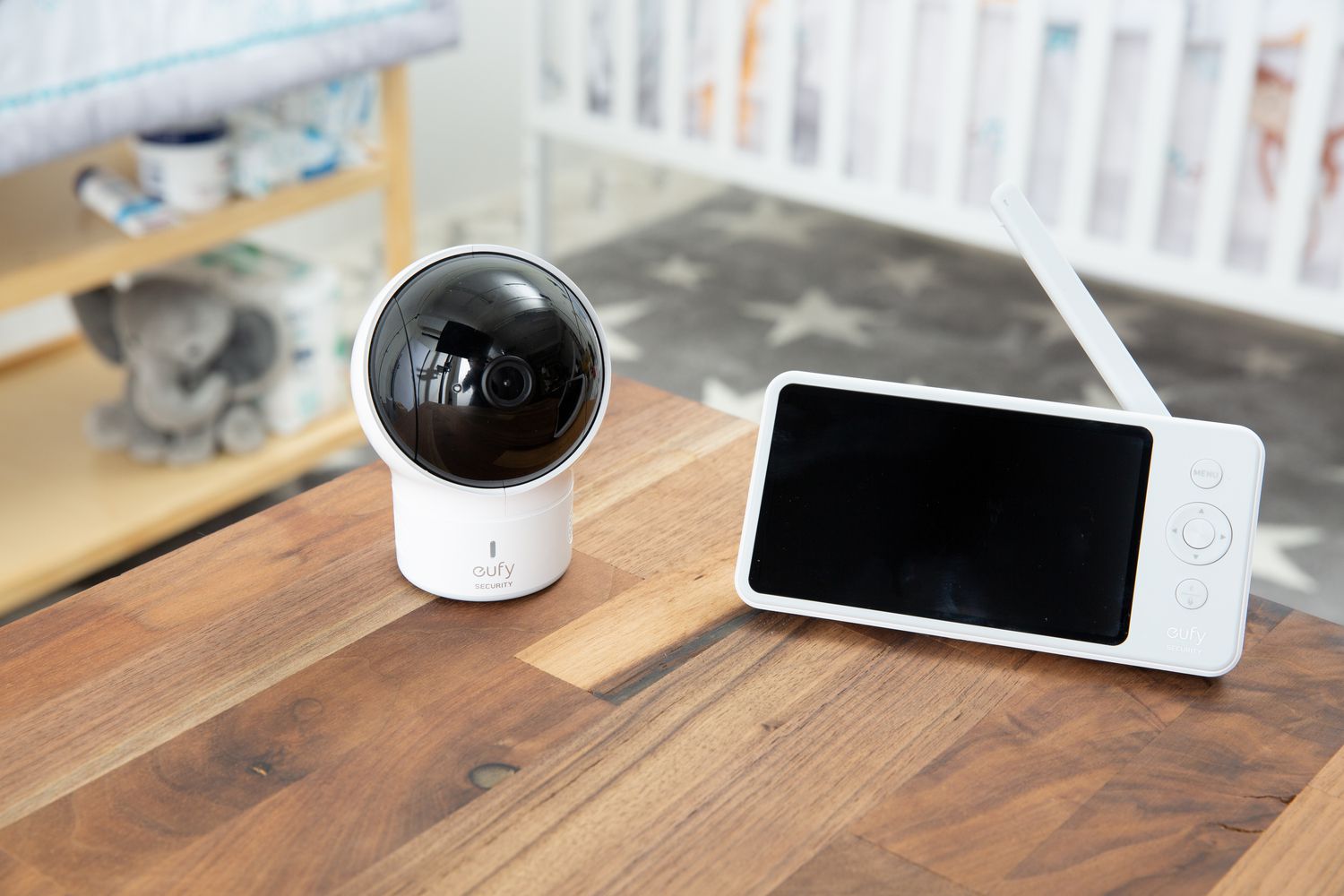

Child & Elderly Safety at Home
How To Secure Your Baby Monitor
Modified: January 14, 2024
Learn how to ensure child and elderly safety at home with our guide on securing your baby monitor. Keep your loved ones safe and secure with these essential tips.
(Many of the links in this article redirect to a specific reviewed product. Your purchase of these products through affiliate links helps to generate commission for Storables.com, at no extra cost. Learn more)
Introduction
Read more: How To Turn Your Phone Into A Baby Monitor
Exploring the Importance of Baby Monitor Security
Welcoming a new addition to the family is a joyous occasion, and ensuring their safety is a top priority for any parent. Baby monitors, once simple audio devices, have evolved into sophisticated gadgets equipped with video and internet connectivity. While these advancements offer convenience and peace of mind, it's crucial to recognize the potential security risks associated with these devices.
In this comprehensive guide, we will delve into the vital aspects of securing your baby monitor to safeguard your little one and protect your family's privacy. By understanding the risks, implementing security measures, and staying informed about best practices, you can fortify your baby monitor against potential vulnerabilities. Let's embark on this journey to create a safe and secure environment for your baby.
Understanding the Risks
Key Takeaways:
- Protect Your Baby Monitor
Regularly update firmware, use strong passwords, and enable encryption to safeguard your baby monitor. Stay vigilant for suspicious activity to create a safe environment for your little one. - Secure Your Wi-Fi Network
Fortify your home network with robust encryption and unique passwords. Customize default settings and monitor for unauthorized access to ensure a protected digital space for your family.
Identifying Potential Threats to Baby Monitor Security
Before delving into the intricacies of securing your baby monitor, it’s essential to grasp the potential risks associated with these devices. Baby monitors, particularly those equipped with internet connectivity, are susceptible to various security threats that can compromise the safety and privacy of your home. Understanding these risks empowers you to take proactive measures to mitigate them effectively.
One of the primary concerns is unauthorized access to the baby monitor’s video feed. Without adequate security measures in place, malicious individuals could intercept the video stream, potentially gaining visual access to your baby’s nursery. This invasion of privacy poses a significant threat to your family’s safety and well-being.
Furthermore, unsecured baby monitors can serve as entry points for cyberattacks on your home network. If a hacker gains access to the monitor, they may exploit vulnerabilities to infiltrate your Wi-Fi network, compromising sensitive data and exposing your family to additional risks.
Additionally, the potential for eavesdropping on audio transmissions is a prevalent concern. Without proper encryption, audio signals from the baby monitor can be intercepted, leading to privacy breaches and unauthorized surveillance of your home.
Understanding these risks underscores the critical importance of fortifying your baby monitor’s security. By addressing these vulnerabilities, you can create a safer environment for your baby and uphold the privacy of your household. In the following sections, we will explore actionable steps to secure your baby monitor effectively, mitigating these risks and enhancing your peace of mind.
Securing Your Baby Monitor
Read more: How To Use Your IPad As A Baby Monitor
Implementing Essential Security Measures
Securing your baby monitor involves a multifaceted approach that encompasses both technological measures and best practices. By adopting these strategies, you can fortify the device against potential security threats, safeguarding your baby’s environment and preserving your family’s privacy.
One fundamental aspect of securing your baby monitor is ensuring that its firmware is up to date. Manufacturers frequently release firmware updates to address security vulnerabilities and enhance the device’s resilience against emerging threats. Regularly checking for and applying these updates helps fortify the monitor’s defenses, reducing the risk of exploitation by malicious entities.
Another pivotal step is setting strong, unique passwords for your baby monitor. Avoid using default or easily guessable passwords, as these can be exploited by attackers. Opt for complex, alphanumeric passwords and refrain from reusing them across multiple devices to bolster your monitor’s security.
Enabling encryption for the video and audio transmissions of your baby monitor is paramount. Encryption encodes the data, rendering it indecipherable to unauthorized parties. By activating this feature, you can prevent unauthorized access to the video feed and audio signals, mitigating the risk of privacy breaches and surveillance.
Changing default settings on your baby monitor is crucial for enhancing its security. Default configurations are often well-known to potential attackers, making the device more susceptible to exploitation. Modifying default settings, such as preset passwords and network configurations, strengthens the monitor’s defenses and reduces the likelihood of unauthorized access.
Securing your Wi-Fi network is integral to safeguarding your baby monitor and other connected devices. Utilize robust encryption protocols, such as WPA3, and employ a strong, unique password for your network. Additionally, consider implementing network segmentation to isolate IoT devices, including your baby monitor, from other devices on the network, further enhancing security.
Regularly monitoring your baby monitor for suspicious activity is essential. Keep an eye out for unexpected changes in the device’s behavior, such as unexplained reboots or unauthorized access attempts. Staying vigilant allows you to detect and address potential security incidents promptly, bolstering the overall security posture of the monitor.
By implementing these comprehensive security measures, you can significantly enhance the resilience of your baby monitor against a myriad of potential threats. In the subsequent sections, we will delve deeper into each of these measures, providing actionable insights to guide you in safeguarding your baby monitor effectively.
Updating Firmware
Enhancing Security Through Regular Firmware Updates
Keeping your baby monitor’s firmware up to date is a critical aspect of maintaining its security and resilience against evolving threats. Firmware serves as the underlying software that governs the functionality and security of the device, making regular updates essential to address vulnerabilities and bolster its defenses.
Manufacturers continually refine and enhance the firmware of baby monitors to mitigate security risks and address potential exploits. By installing the latest firmware updates, you benefit from the implementation of security patches and improvements, fortifying the monitor against emerging threats.
Regularly checking for firmware updates is imperative to ensure that your baby monitor remains equipped with the latest security enhancements. Manufacturers typically provide these updates through their official websites or dedicated applications. By staying informed about available updates and promptly applying them, you can proactively safeguard your baby monitor and mitigate the risk of exploitation by malicious entities.
Moreover, firmware updates often introduce new features and functionality, contributing to an enriched user experience. Beyond security enhancements, these updates may encompass performance optimizations, bug fixes, and additional capabilities that enhance the overall utility and reliability of the baby monitor.
It’s important to establish a routine for checking and applying firmware updates, integrating this practice into your regular maintenance of the baby monitor. Consider setting reminders to periodically review the availability of updates, ensuring that your device remains fortified against potential security vulnerabilities.
By prioritizing the regular updating of your baby monitor’s firmware, you demonstrate a proactive commitment to safeguarding your family’s privacy and security. This proactive approach, coupled with the adoption of other essential security measures, contributes to creating a robust defense against potential threats, fostering a safe and secure environment for your little one.
Using Strong Passwords
Fortifying Your Baby Monitor with Robust Access Credentials
Employing strong, unique passwords for your baby monitor is a fundamental step in bolstering its security and thwarting unauthorized access. A robust password serves as a crucial line of defense, mitigating the risk of exploitation by malicious actors seeking to compromise the device and infiltrate your home network.
When creating a password for your baby monitor, prioritize complexity and uniqueness. Opt for a combination of alphanumeric characters, including uppercase and lowercase letters, numbers, and symbols, to enhance the password’s strength and resilience against brute-force attacks and guesswork.
Avoid reusing passwords across multiple devices and accounts, as this practice can magnify the impact of a security breach. By maintaining distinct passwords for each device and service, you contain the potential fallout of a compromised credential, fortifying the overall security posture of your home network and connected devices.
Consider utilizing a reputable password manager to generate and store complex passwords for your baby monitor and other devices. Password managers streamline the process of managing multiple credentials, offering a secure repository for your passwords and simplifying the task of maintaining robust access credentials across your devices.
Regularly updating your baby monitor’s password is essential for mitigating the risk of unauthorized access. Establish a cadence for changing the password, incorporating this practice into your routine maintenance of the device. By periodically refreshing the access credentials, you bolster the monitor’s defenses and reduce the likelihood of exploitation due to prolonged exposure of a static password.
Furthermore, educate other household members about the importance of using strong passwords and the potential consequences of weak or reused credentials. Promoting awareness and adherence to best practices regarding password security fosters a collective commitment to safeguarding the baby monitor and upholding the security of your home environment.
By prioritizing the use of strong, unique passwords for your baby monitor, you fortify its resilience against unauthorized access and contribute to a secure digital ecosystem within your home. This proactive measure, combined with other essential security practices, forms a robust defense against potential threats, nurturing a safe and protected environment for your little one.
Enabling Encryption
Protecting Your Baby Monitor’s Data with Advanced Encryption
Enabling encryption for the video and audio transmissions of your baby monitor is paramount to safeguarding the privacy and security of your home environment. Encryption serves as a powerful mechanism for encoding data, rendering it indecipherable to unauthorized parties and mitigating the risk of interception and exploitation.
When configuring your baby monitor, ensure that the encryption feature is activated to secure the video feed and audio signals. Modern baby monitors often employ robust encryption protocols to protect the integrity and confidentiality of the transmitted data, enhancing the device’s resilience against potential security threats.
By enabling encryption, you fortify the video feed against unauthorized interception, mitigating the risk of privacy breaches and unauthorized surveillance of your baby’s nursery. This proactive measure instills confidence in the privacy and security of your home, fostering a safe and protected environment for your little one.
Additionally, encryption serves as a fundamental safeguard against potential eavesdropping on audio transmissions. By encoding the audio signals, encryption prevents unauthorized parties from intercepting and listening to the audio feed, preserving the privacy of your family’s conversations and activities within the monitored area.
It’s essential to verify that the encryption protocols utilized by your baby monitor adhere to industry best practices and standards. Robust encryption algorithms and methodologies bolster the device’s resilience against exploitation and unauthorized access, contributing to a secure and protected monitoring environment for your baby.
Regularly reviewing and updating the encryption settings of your baby monitor is integral to maintaining its security posture. Stay informed about advancements in encryption technologies and recommended best practices, ensuring that your device remains equipped with the latest and most robust encryption capabilities.
By enabling encryption for your baby monitor’s video and audio transmissions, you demonstrate a proactive commitment to safeguarding your family’s privacy and security. This essential measure, coupled with the adoption of other security practices, contributes to fostering a safe and protected environment for your little one, nurturing peace of mind and confidence in the security of your home.
Changing Default Settings
Read more: Where To Mount A Baby Monitor
Enhancing Security Through Customized Configuration
Modifying default settings on your baby monitor is a pivotal step in fortifying its security and resilience against potential vulnerabilities. Default configurations, including preset passwords and network settings, are often well-known to potential attackers, increasing the device’s susceptibility to exploitation. By customizing these settings, you bolster the monitor’s defenses and reduce the likelihood of unauthorized access.
One of the primary default settings to address is the device’s default password. Manufacturers often assign generic or easily guessable passwords to baby monitors, presenting a significant security risk. Changing the default password to a robust, unique credential fortifies the device against unauthorized access, mitigating the potential for exploitation by malicious entities.
Review and customize other default settings, such as network configurations and access permissions, to align with your specific security requirements. By tailoring these parameters to suit your preferences, you enhance the overall security posture of the baby monitor, reducing the risk of unauthorized manipulation and access.
Consider disabling any unnecessary features or services that may pose security risks. By streamlining the monitor’s functionality and limiting its exposure to potential vulnerabilities, you create a more secure monitoring environment for your baby, fostering peace of mind and confidence in the device’s resilience against security threats.
Regularly reviewing and updating the customized settings of your baby monitor is essential to adapt to evolving security challenges and maintain a robust defense against potential threats. Stay informed about recommended best practices for securing IoT devices, ensuring that your customized configurations align with current industry standards and security guidelines.
Additionally, educate other household members about the importance of customizing default settings and the potential risks associated with leaving these configurations unchanged. Promoting awareness and adherence to best practices regarding the customization of security settings fosters a collective commitment to safeguarding the baby monitor and upholding the security of your home environment.
By changing default settings and customizing the configurations of your baby monitor, you demonstrate a proactive commitment to fortifying its security and resilience against potential vulnerabilities. This essential measure, combined with the adoption of other security practices, contributes to creating a safe and protected environment for your little one, nurturing peace of mind and confidence in the security of your home.
Securing Your Wi-Fi Network
Fortifying Your Home Network for Enhanced Baby Monitor Security
Safeguarding your Wi-Fi network is integral to fortifying the security of your baby monitor and creating a protected digital environment for your family. By implementing robust security measures and best practices, you can mitigate potential threats and ensure the integrity of the network infrastructure supporting your baby monitor and other connected devices.
Utilize strong encryption protocols, such as WPA3, to secure your Wi-Fi network. Encryption serves as a vital safeguard against unauthorized access and data interception, bolstering the confidentiality and integrity of the transmitted data. By leveraging advanced encryption, you fortify the network’s resilience against potential security threats, contributing to a secure and protected digital ecosystem within your home.
Employ a strong, unique password for your Wi-Fi network to mitigate the risk of unauthorized intrusion. Avoid using easily guessable passwords and refrain from reusing credentials across multiple networks. By establishing a robust access credential for your Wi-Fi network, you fortify its defenses and reduce the likelihood of unauthorized access by malicious entities.
Consider implementing network segmentation to isolate IoT devices, including your baby monitor, from other devices on the network. Segmentation enhances the network’s security by containing potential security incidents and limiting the impact of a compromised device, fostering a more resilient and protected environment for your connected devices.
Regularly review and update the security settings of your Wi-Fi network to align with current best practices and recommended standards. Stay informed about advancements in Wi-Fi security and recommended configuration guidelines, ensuring that your network remains equipped with the latest and most robust security features.
Furthermore, monitor the network for suspicious activity and unauthorized access attempts. Stay vigilant for unexpected changes in the network’s behavior, such as unexplained device connections or unusual traffic patterns. By promptly addressing potential security incidents, you bolster the overall security posture of the network and contribute to a protected digital environment for your family.
By prioritizing the security of your Wi-Fi network, you demonstrate a proactive commitment to fortifying the digital infrastructure supporting your baby monitor and other connected devices. This essential measure, combined with the adoption of other security practices, contributes to creating a safe and protected environment for your little one, nurturing peace of mind and confidence in the security of your home.
Monitoring for Suspicious Activity
Read more: How To Use A Baby Monitor
Vigilance and Proactive Security Measures for Baby Monitor Safety
Regularly monitoring your baby monitor for suspicious activity is a critical aspect of maintaining its security and safeguarding your home environment. By staying vigilant and proactive, you can detect and address potential security incidents, mitigating risks and fostering a safe and protected monitoring environment for your little one.
Keep a watchful eye on the behavior of your baby monitor, noting any unusual or unexpected activities. This may include unexplained reboots, unauthorized access attempts, or alterations to the device’s settings. By promptly identifying and investigating such anomalies, you can mitigate potential security threats and maintain the integrity of the monitoring environment.
Stay informed about the latest security advisories and potential vulnerabilities associated with your baby monitor model. Manufacturers often release security bulletins and updates to address emerging threats. By remaining attentive to these notifications and promptly applying recommended security measures, you fortify the resilience of your baby monitor against potential exploits.
Regularly review the device’s logs and access history to identify any unauthorized access attempts or suspicious connections. Monitoring these records allows you to track the usage and security of the baby monitor, enabling you to detect and address potential security incidents in a timely manner.
Consider implementing additional security measures, such as intrusion detection systems or network monitoring tools, to augment your vigilance and fortify the security of the monitoring environment. These proactive measures provide enhanced visibility into potential security threats and anomalous activities, empowering you to uphold the integrity and privacy of your home environment.
Educate other household members about the importance of monitoring for suspicious activity and the potential indicators of security threats. Promoting awareness and a collective commitment to vigilance fosters a proactive and unified approach to maintaining the security of the baby monitor and ensuring the safety of your home environment.
By prioritizing the monitoring of your baby monitor for suspicious activity, you demonstrate a proactive commitment to safeguarding your family’s privacy and security. This essential measure, combined with the adoption of other security practices, contributes to creating a safe and protected environment for your little one, nurturing peace of mind and confidence in the security of your home.
Conclusion
Fostering a Safe and Secure Environment for Your Little One
Securing your baby monitor is a vital endeavor that encompasses a multifaceted approach to fortify its resilience against potential security threats. By understanding the risks, implementing essential security measures, and staying vigilant, you can create a safe and protected monitoring environment for your little one, fostering peace of mind and confidence in the security of your home.
Recognizing the potential risks associated with baby monitors, particularly those equipped with internet connectivity, empowers you to take proactive measures to mitigate these vulnerabilities effectively. Unauthorized access to the video feed, potential cyberattacks on your home network, and the risk of eavesdropping on audio transmissions underscore the critical importance of fortifying your baby monitor’s security.
Implementing essential security measures, such as updating firmware, using strong passwords, enabling encryption, changing default settings, and securing your Wi-Fi network, contributes to enhancing the resilience of your baby monitor against a myriad of potential threats. By prioritizing these measures, you fortify the device’s defenses and create a protected monitoring environment for your little one.
Furthermore, maintaining vigilance and monitoring for suspicious activity are integral components of a proactive security posture. By staying attentive to potential security incidents and promptly addressing anomalies, you contribute to the ongoing resilience and integrity of the monitoring environment, fostering a safe and protected space for your family.
In conclusion, by embracing these essential security practices and maintaining a proactive commitment to safeguarding your baby monitor, you nurture a safe and secure environment for your little one. Your dedication to fortifying the device’s security and upholding the privacy of your home environment fosters peace of mind and confidence in the safety of your family, creating a nurturing and protected space for your little one to thrive.
Frequently Asked Questions about How To Secure Your Baby Monitor
Was this page helpful?
At Storables.com, we guarantee accurate and reliable information. Our content, validated by Expert Board Contributors, is crafted following stringent Editorial Policies. We're committed to providing you with well-researched, expert-backed insights for all your informational needs.

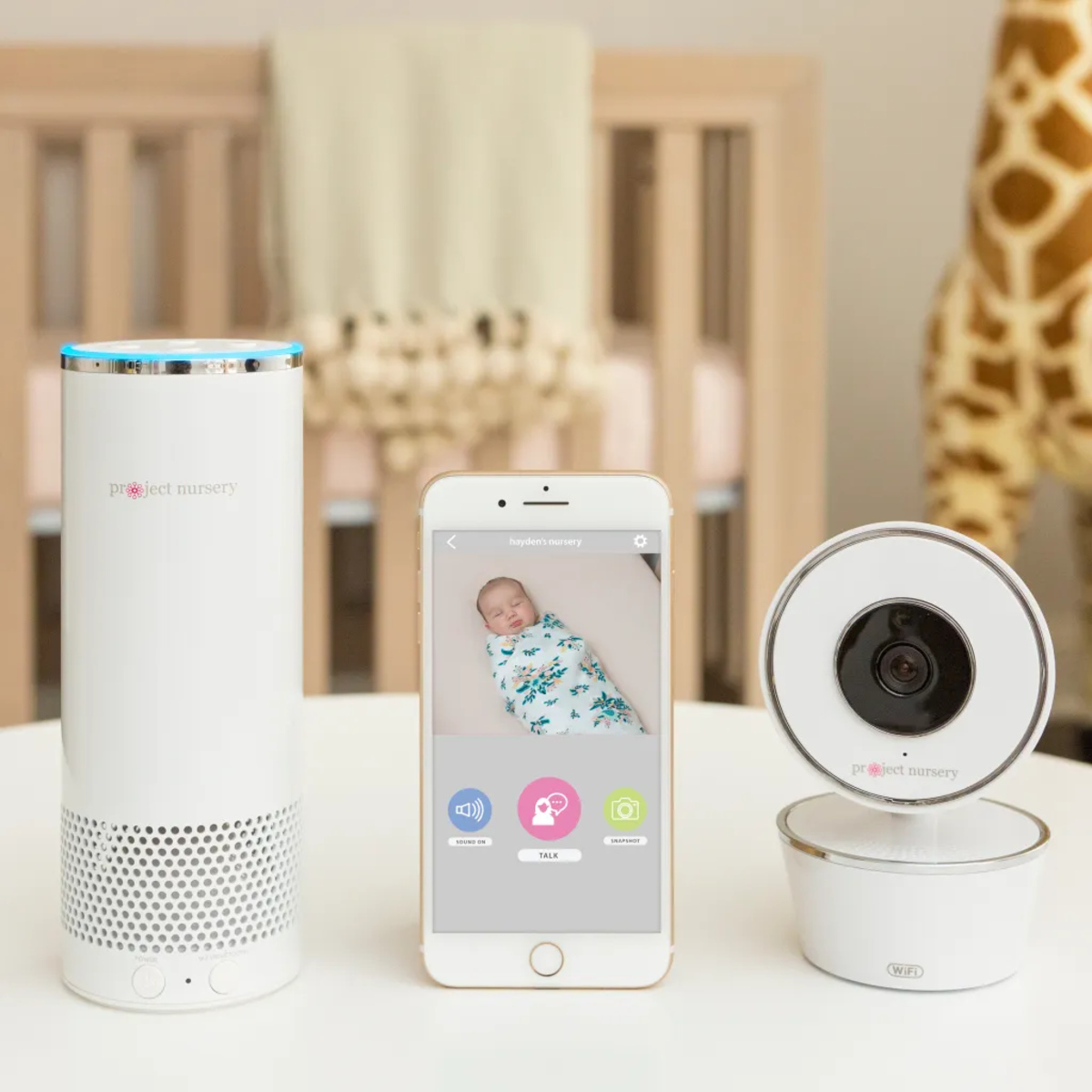
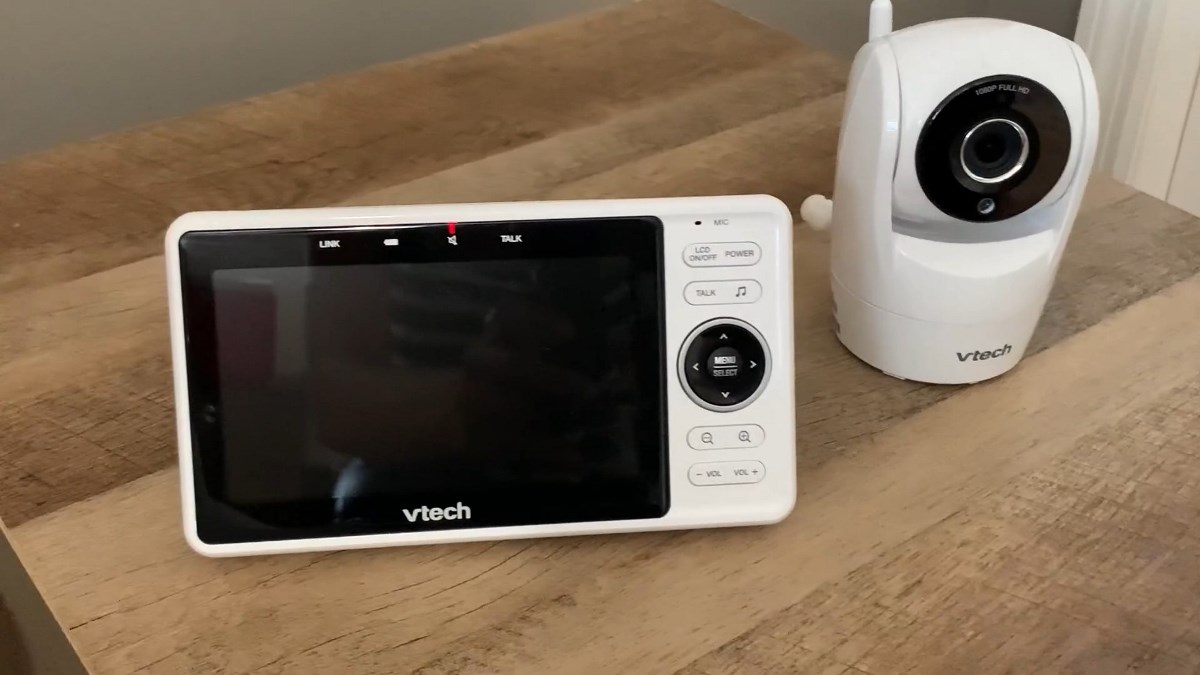
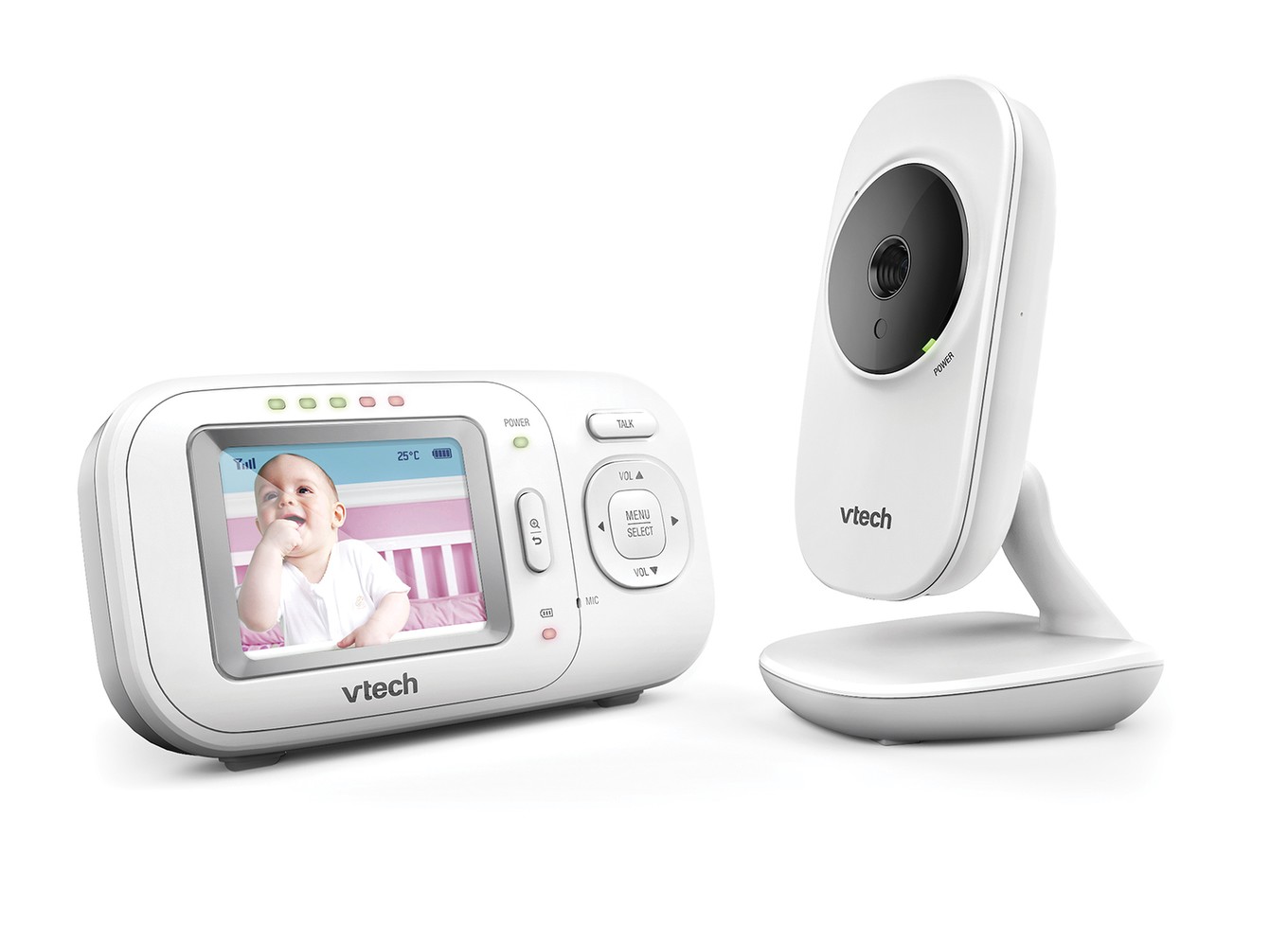
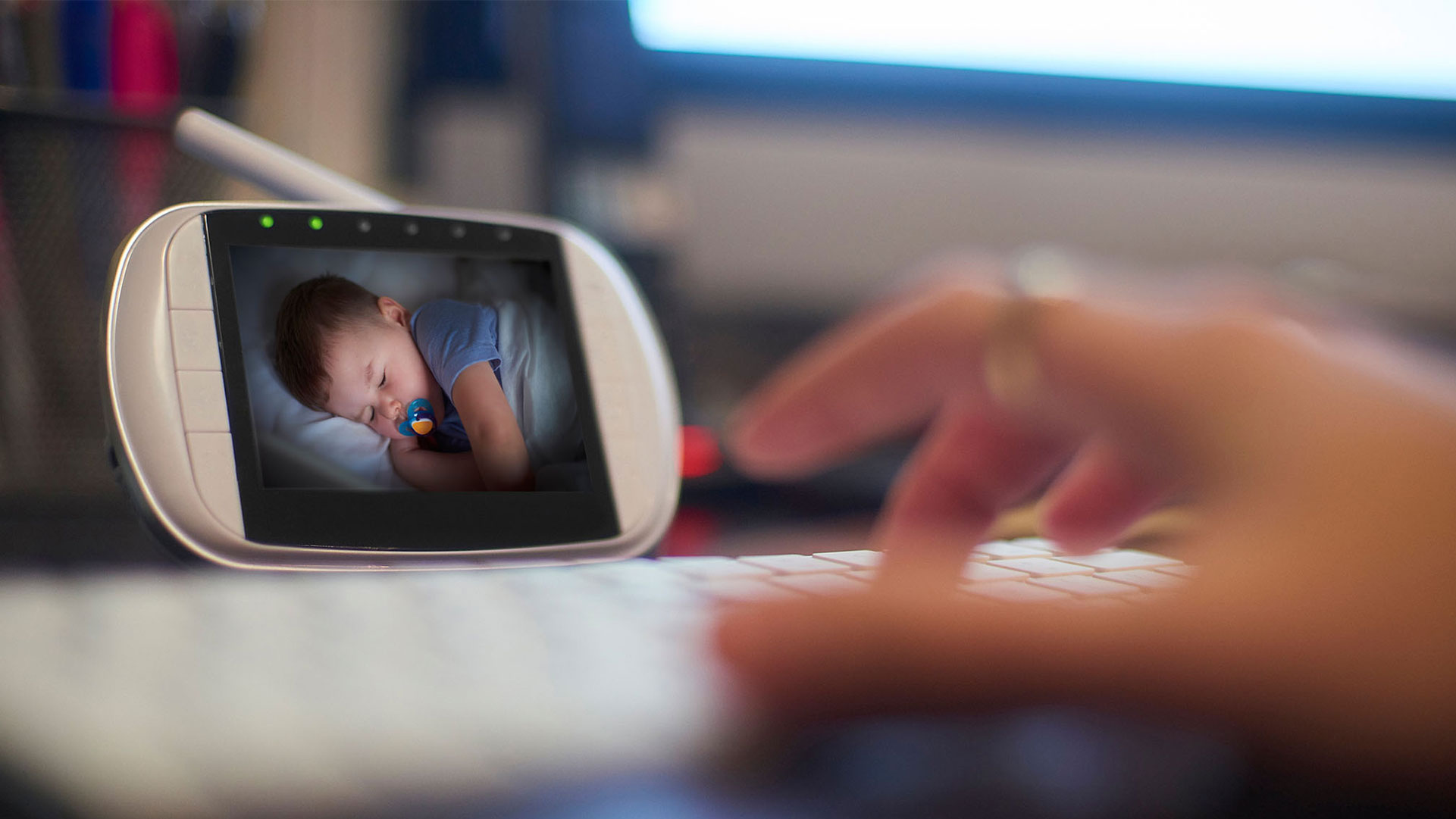

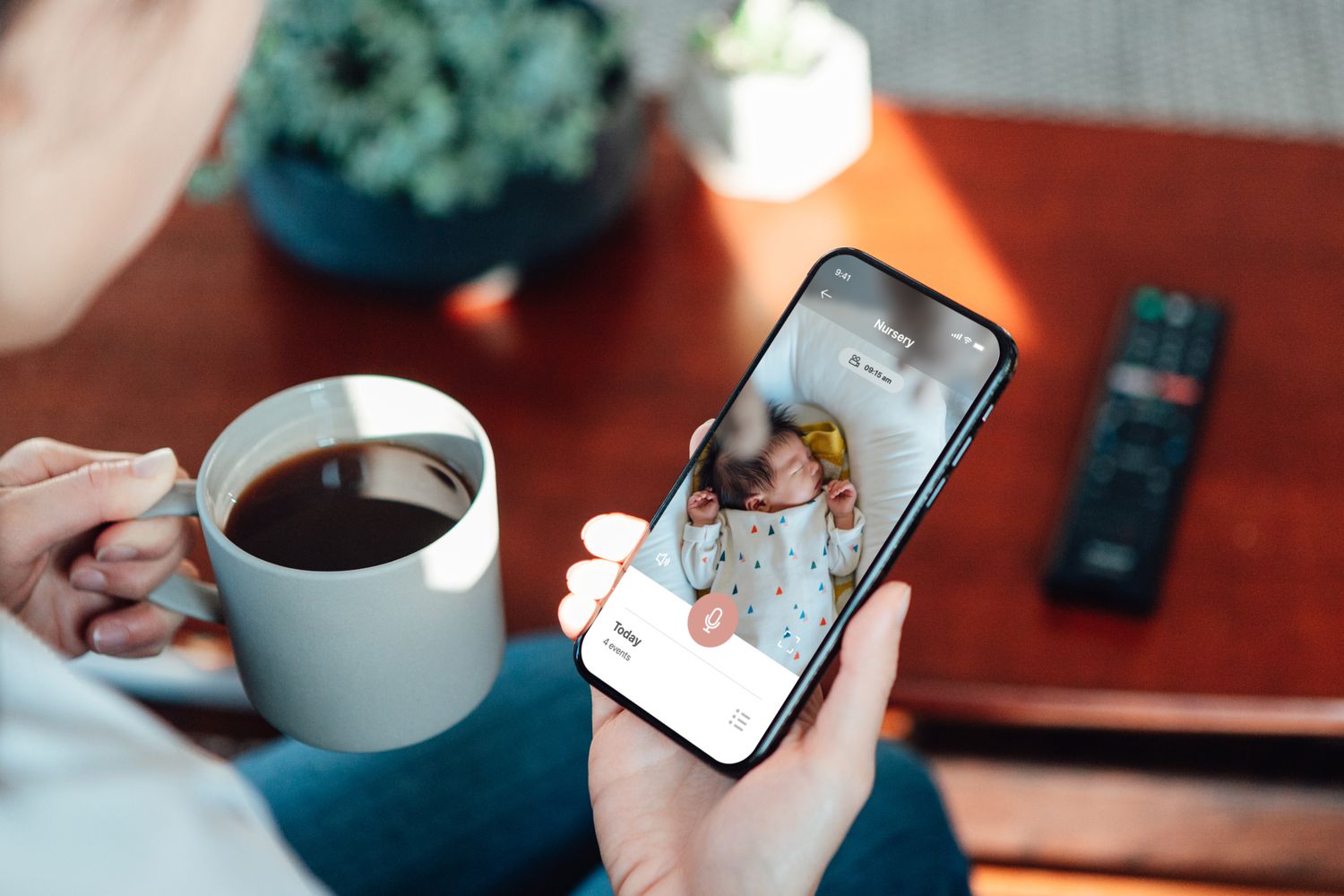
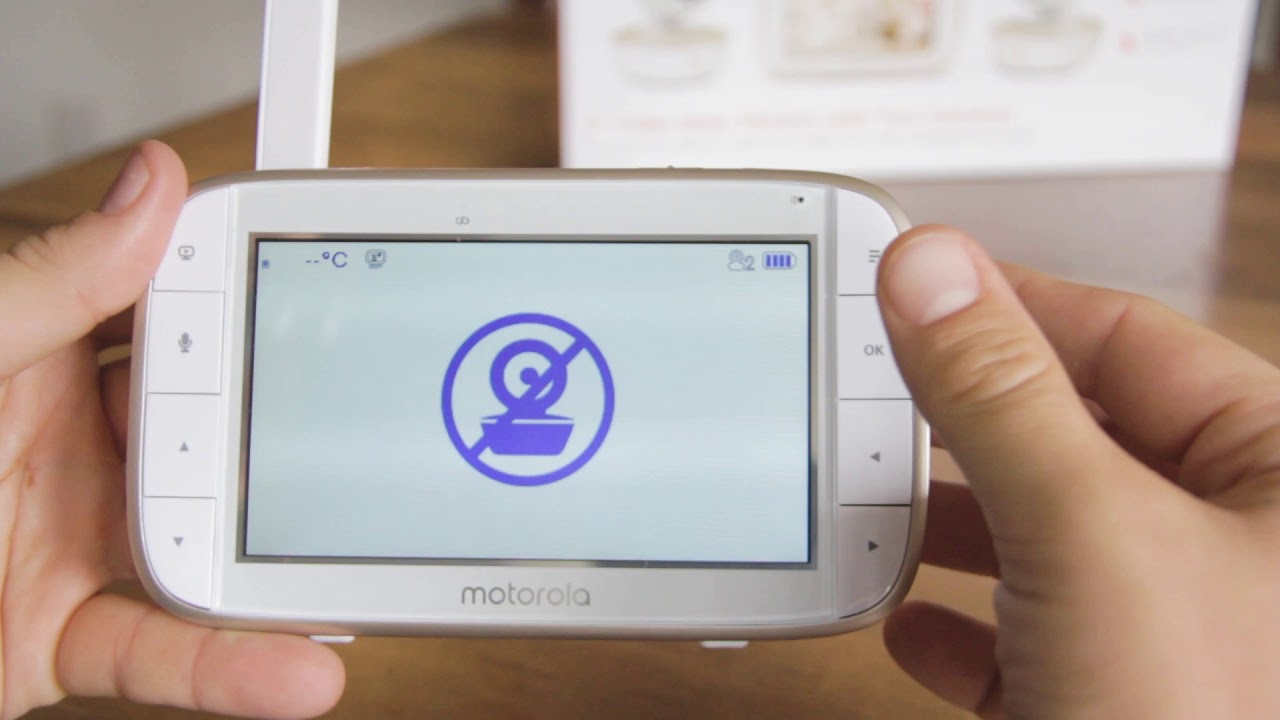

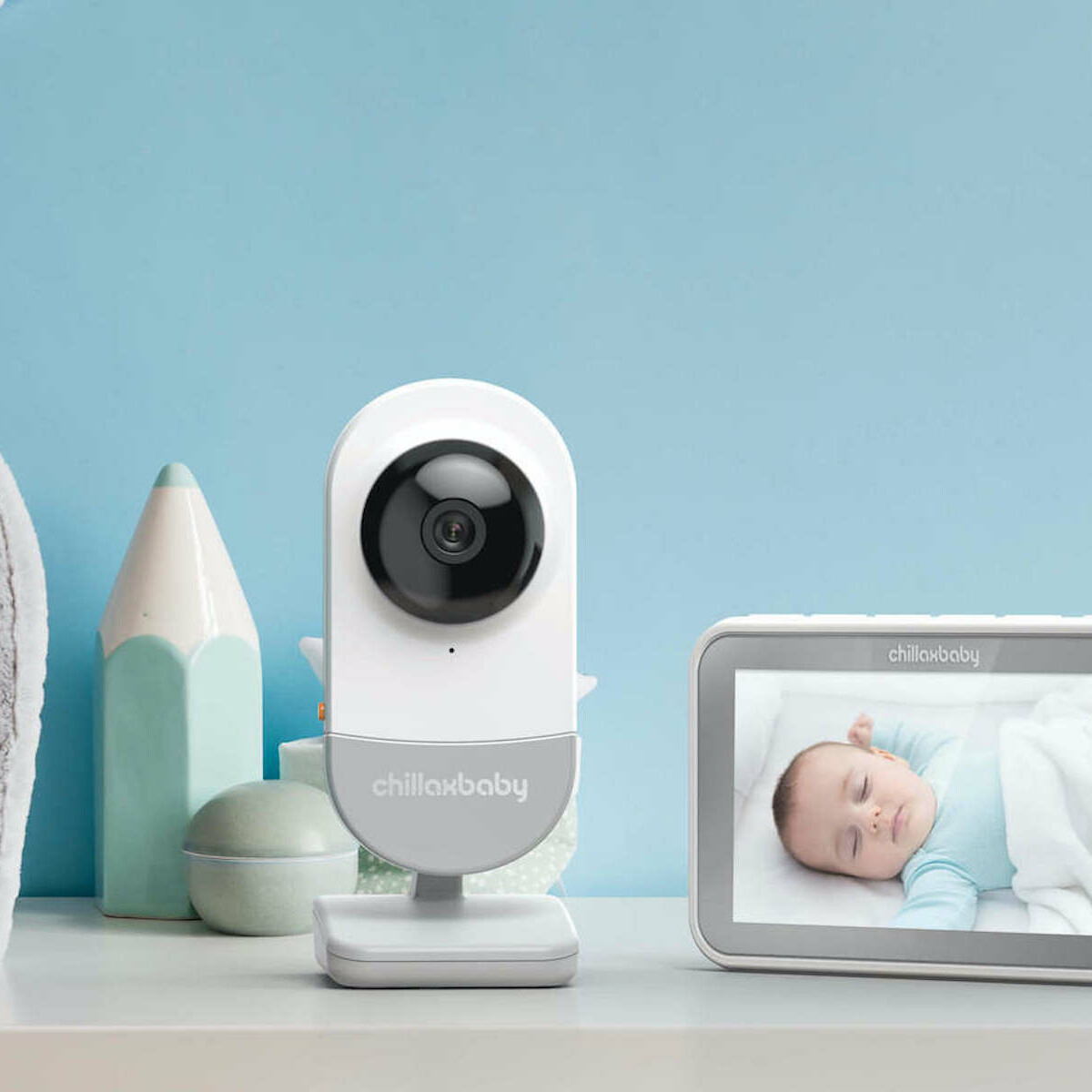
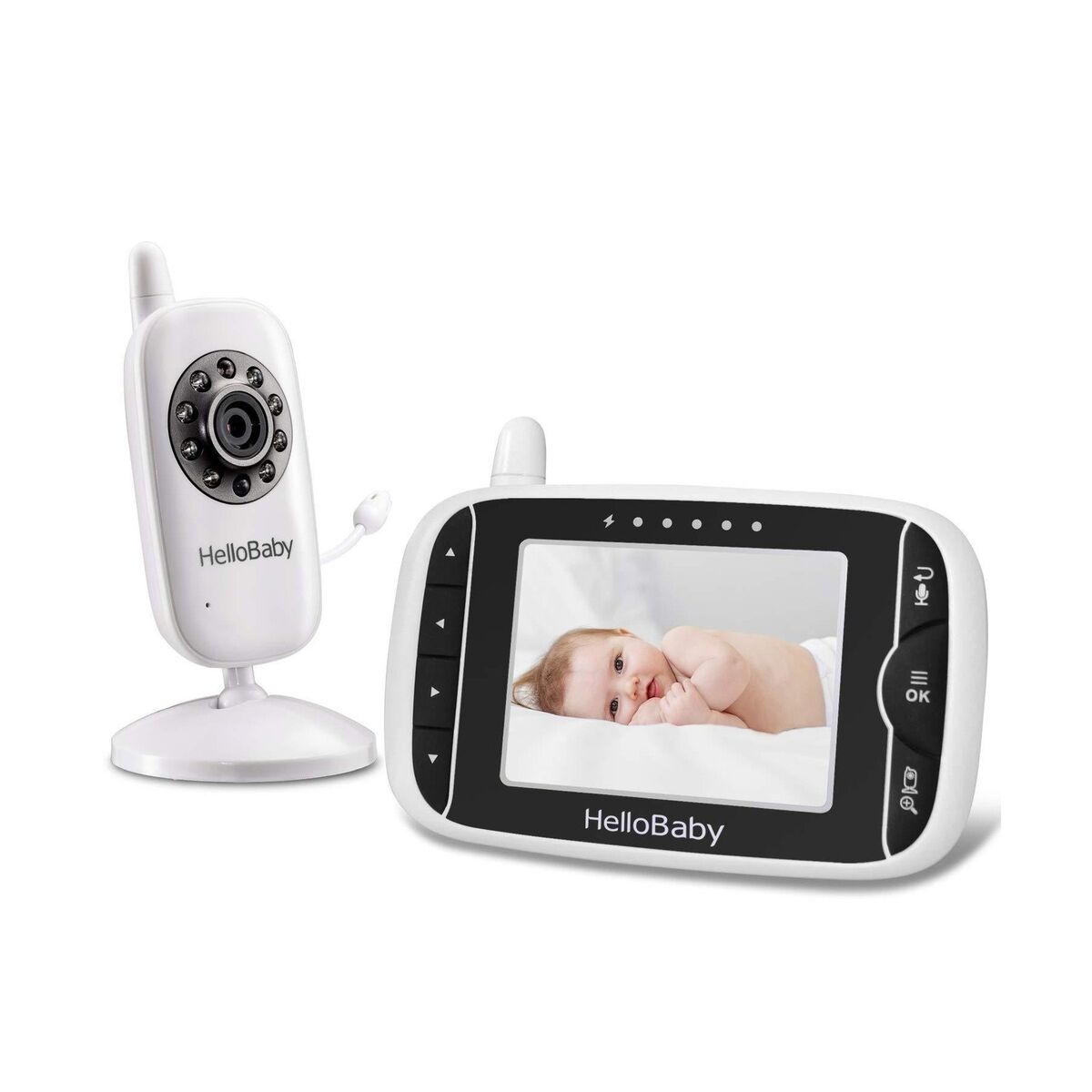

0 thoughts on “How To Secure Your Baby Monitor”